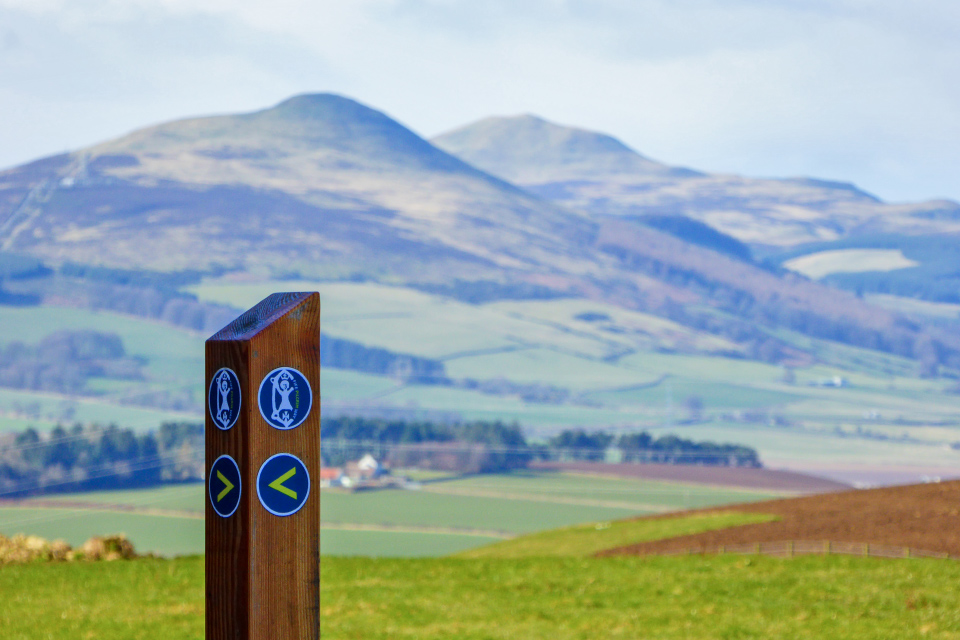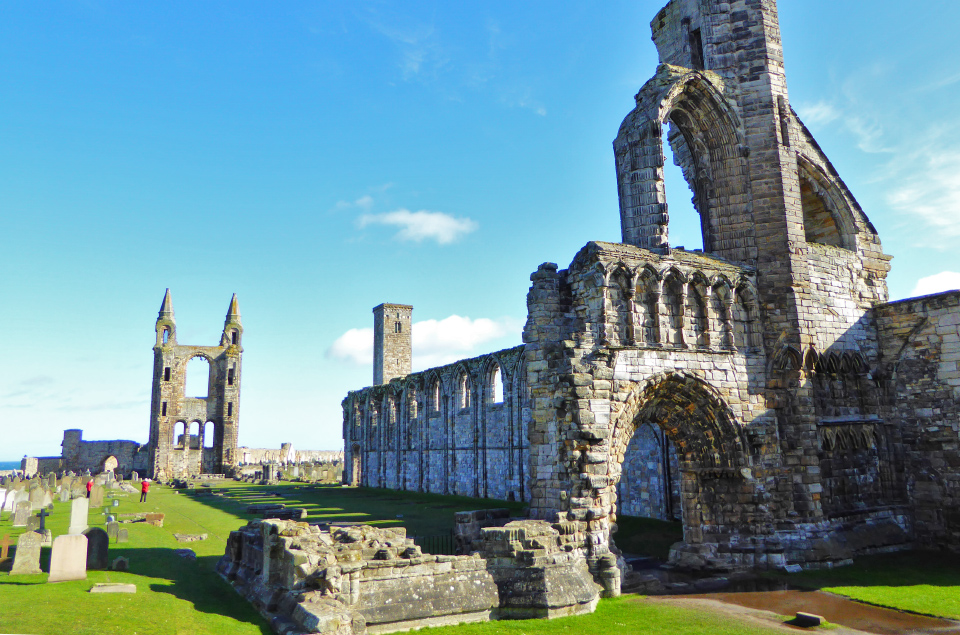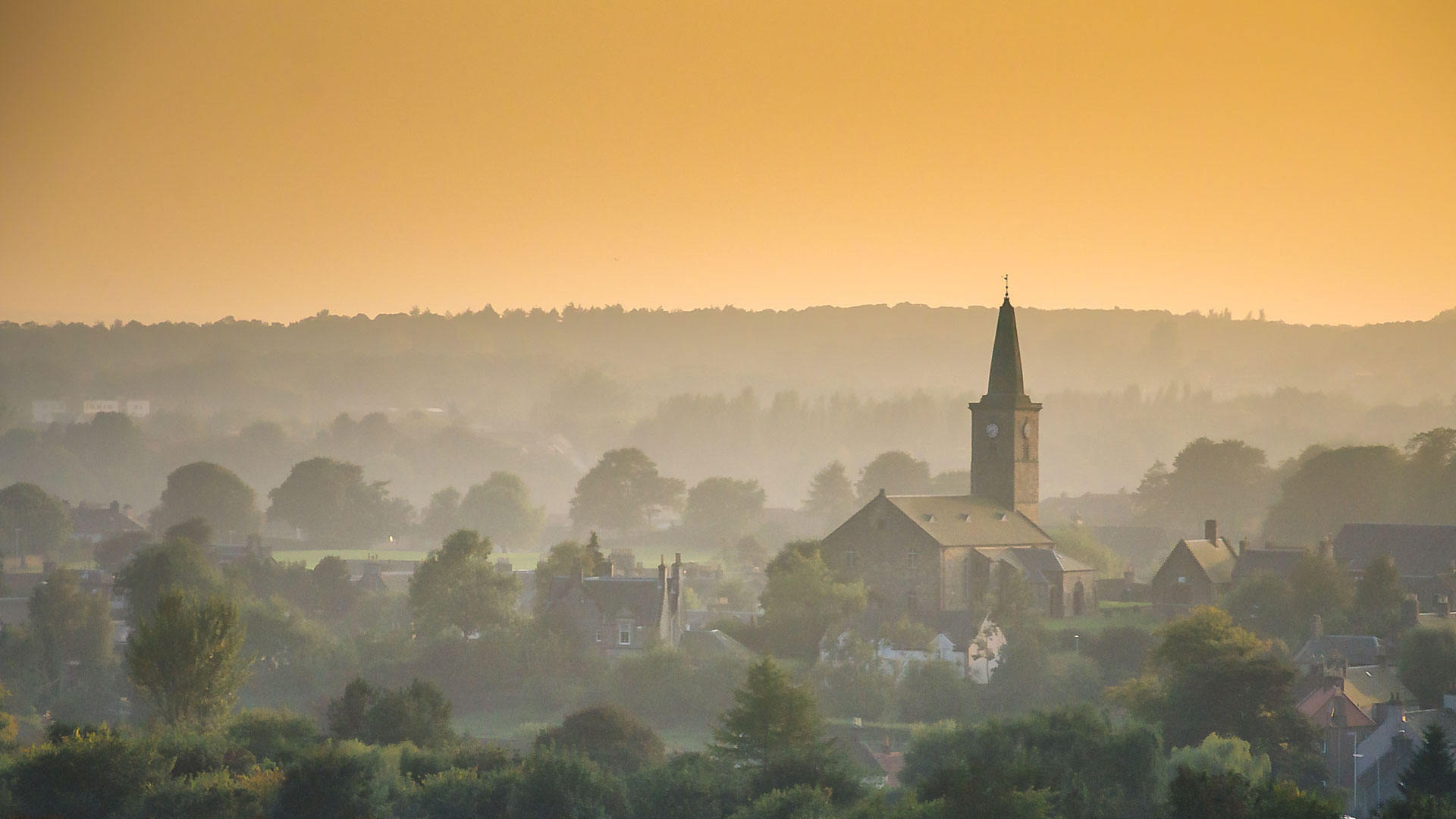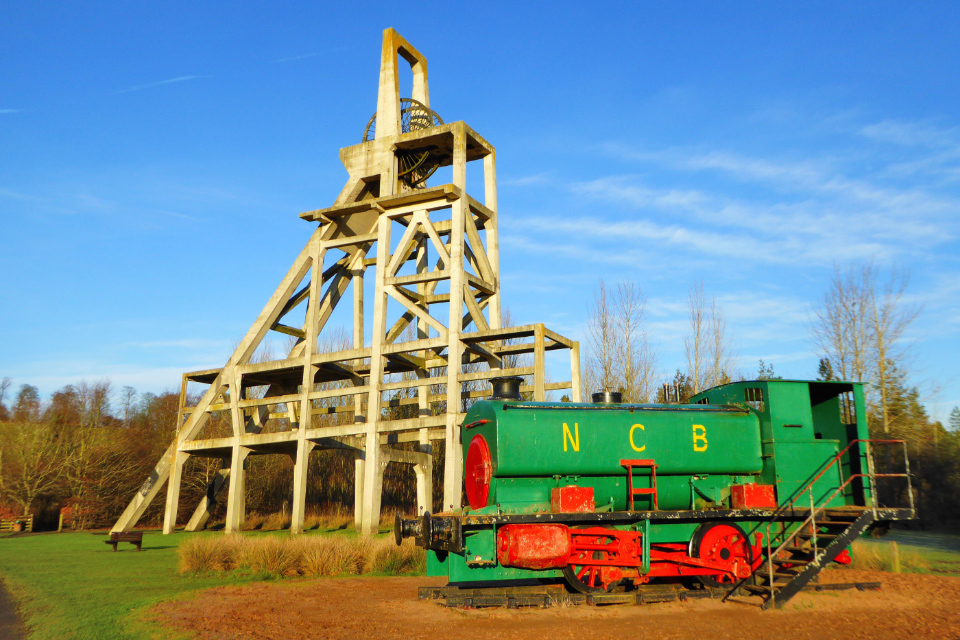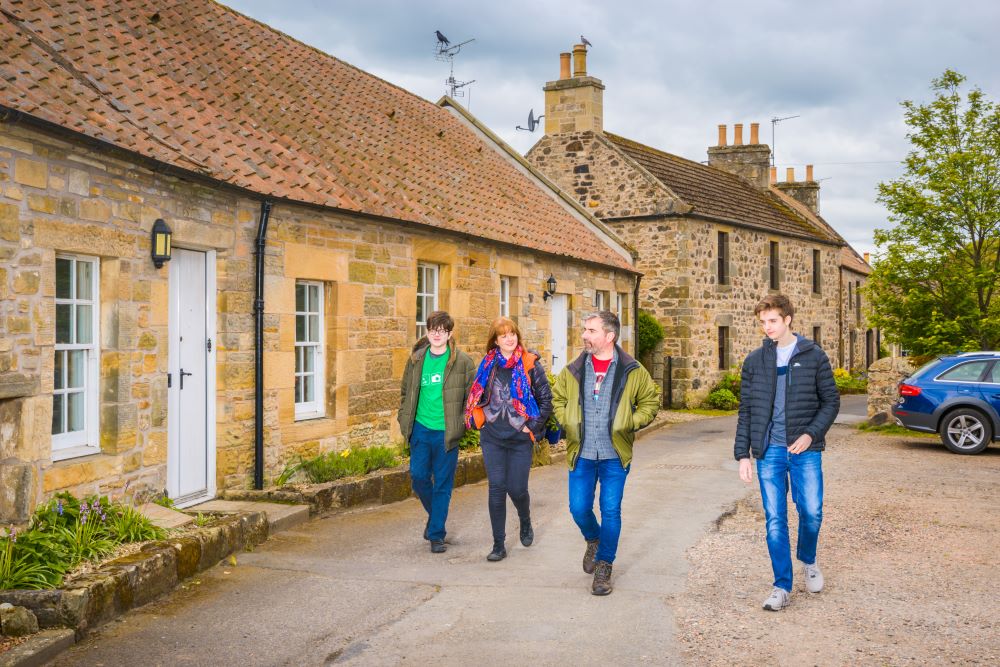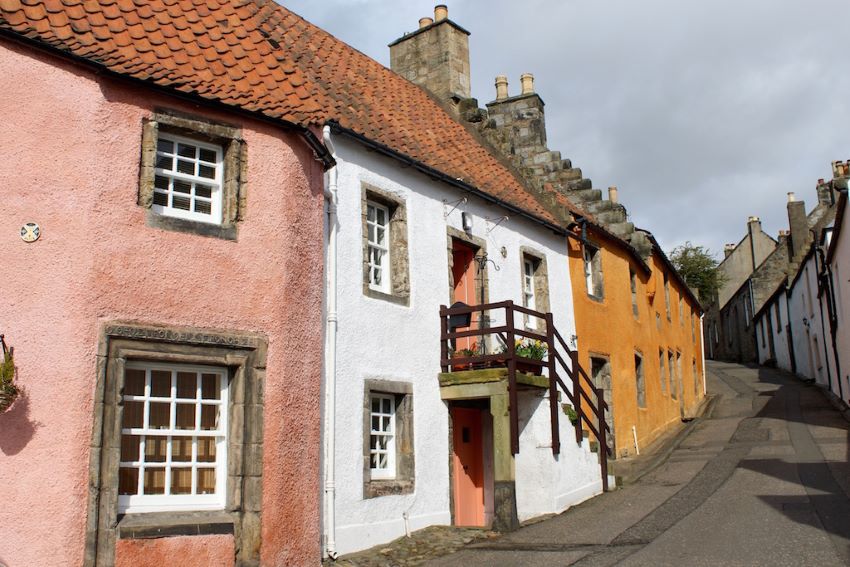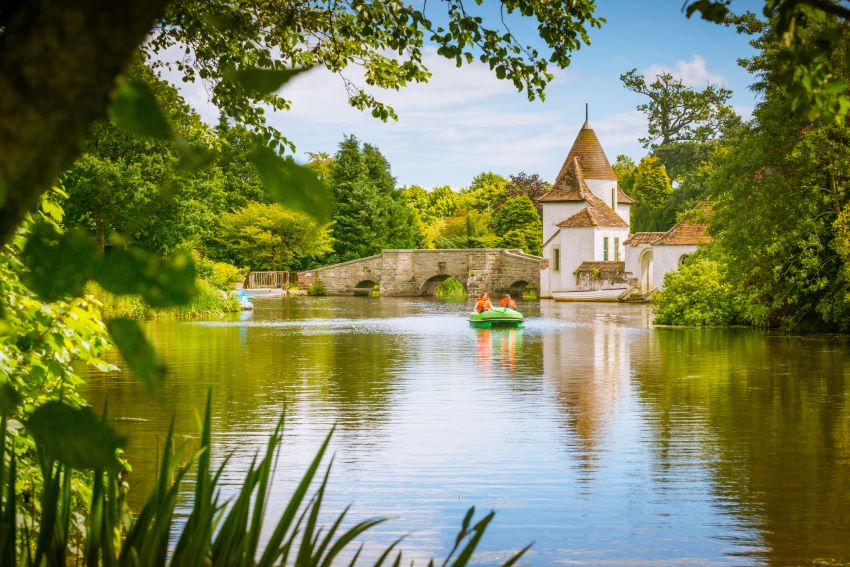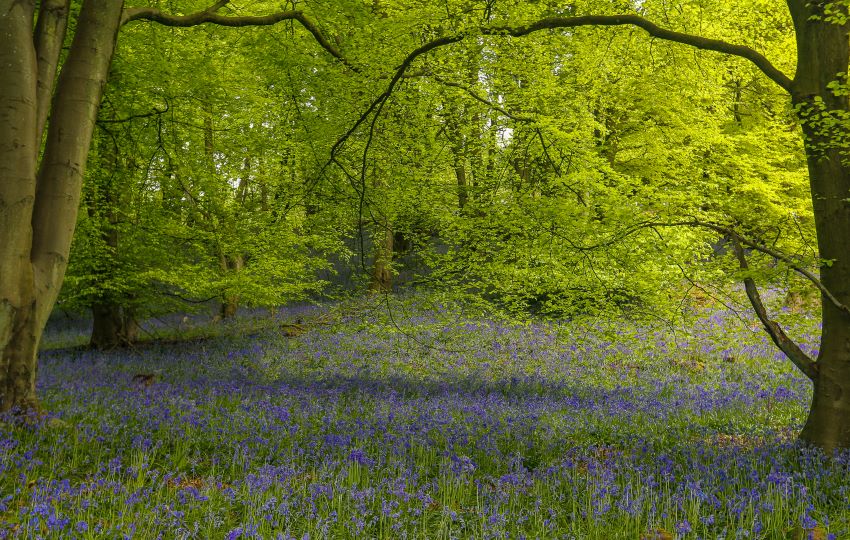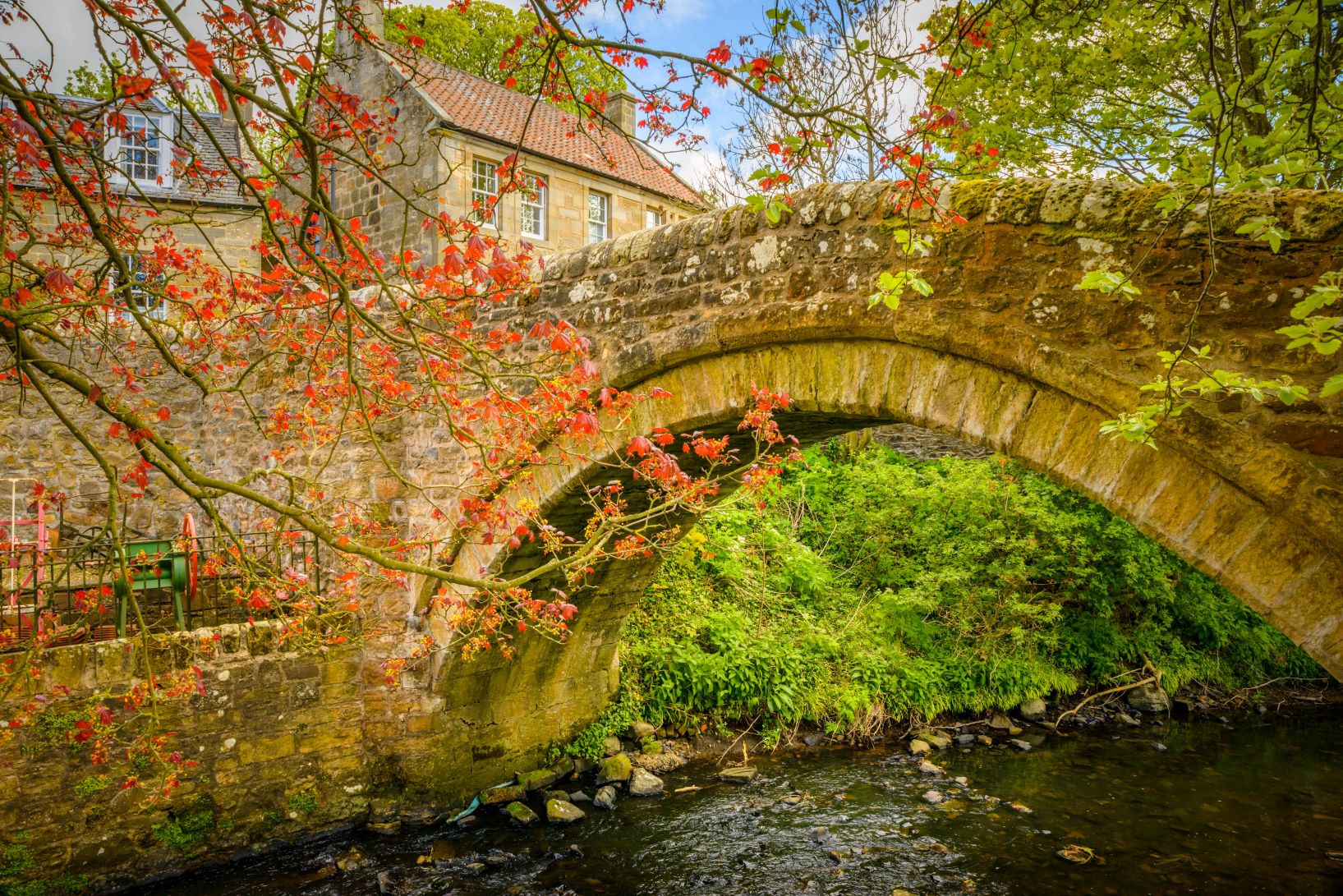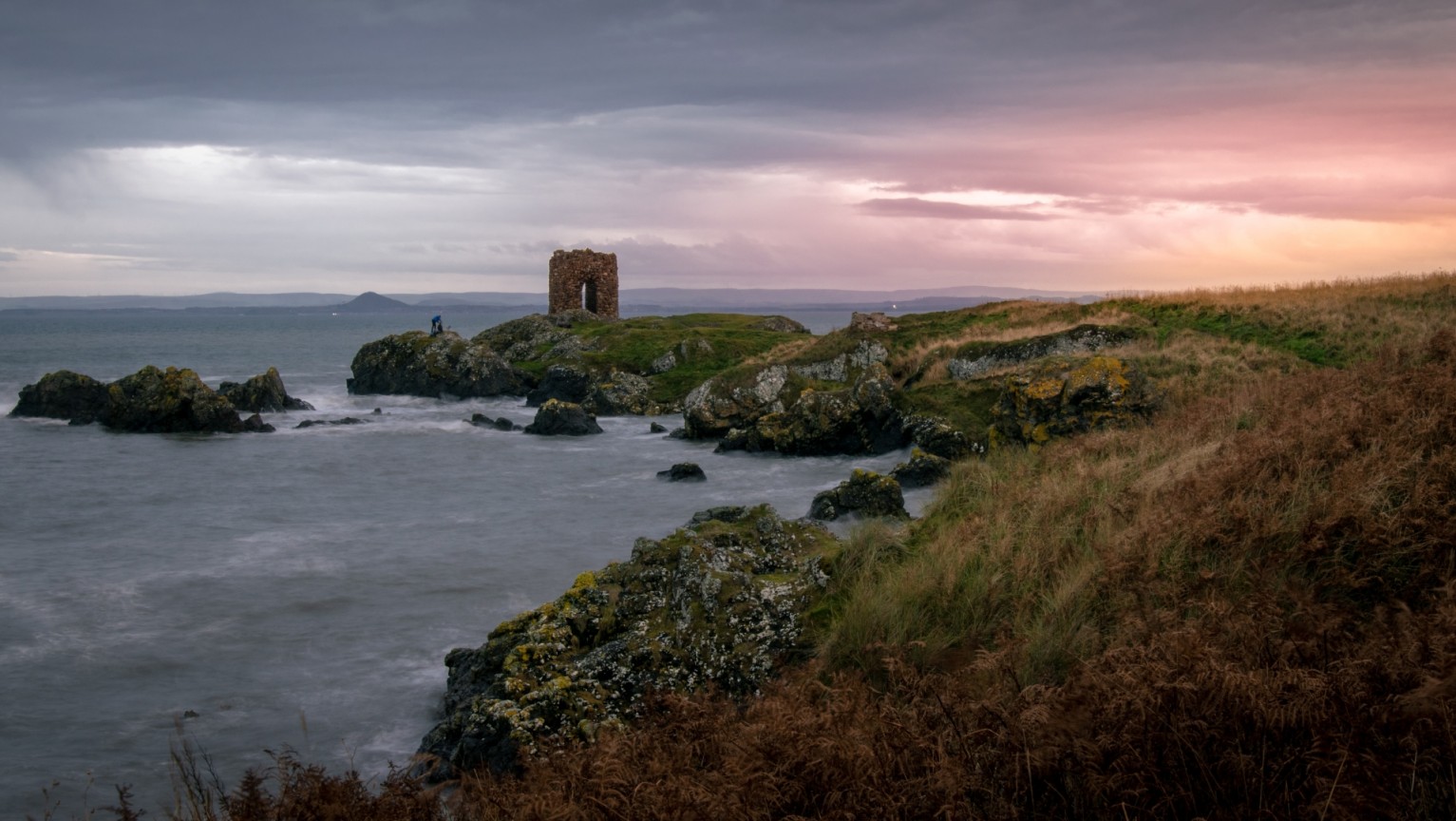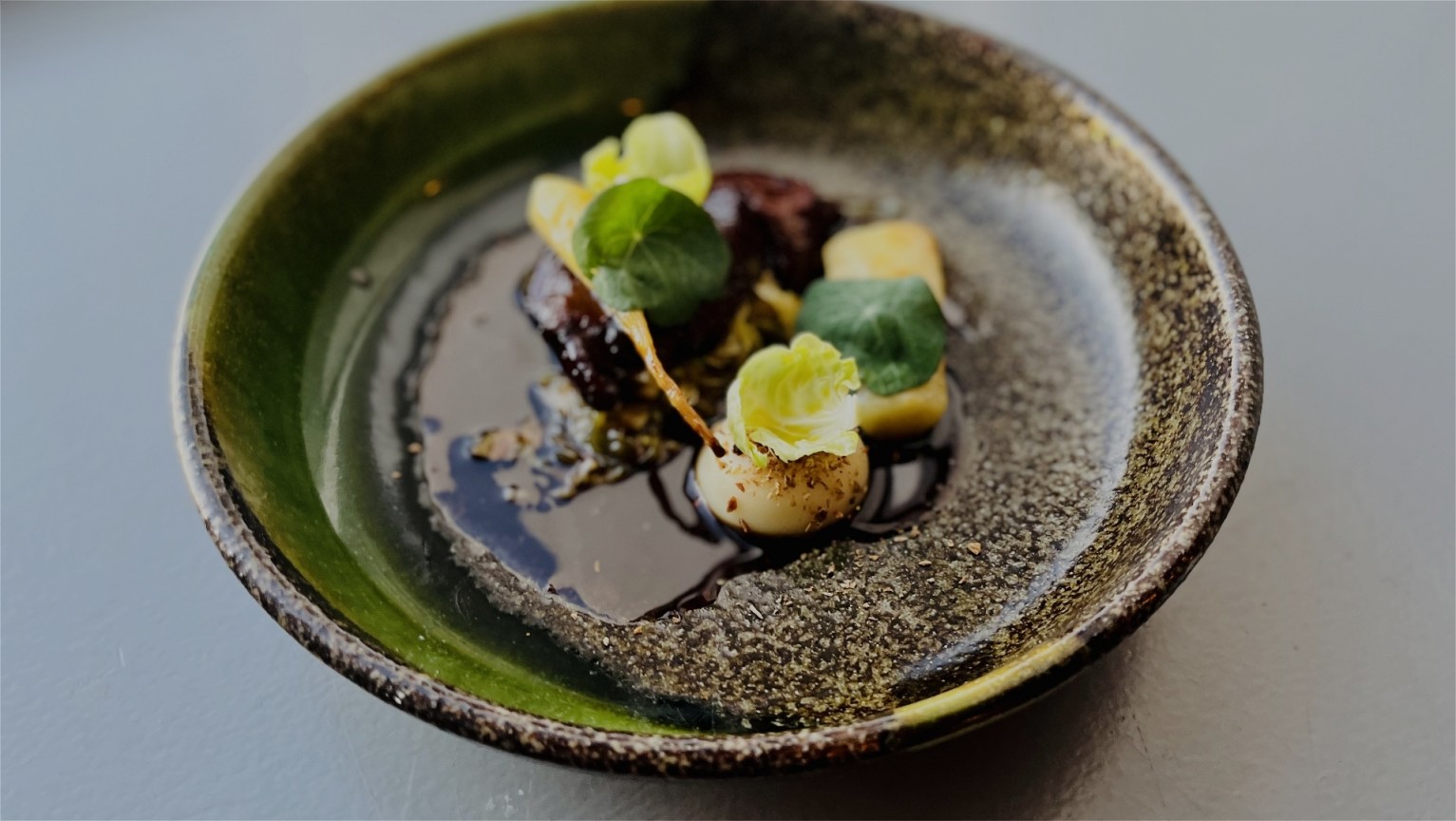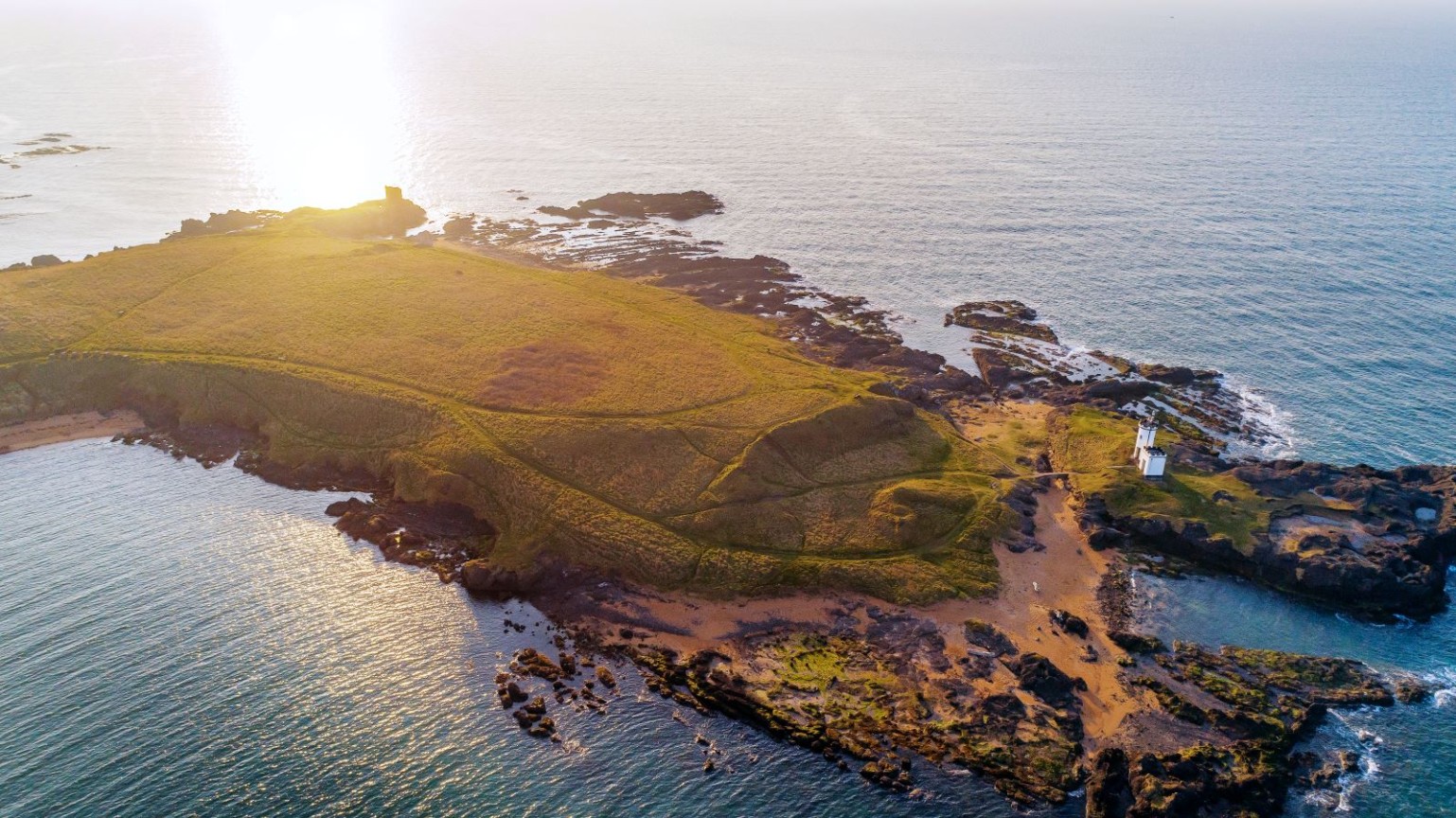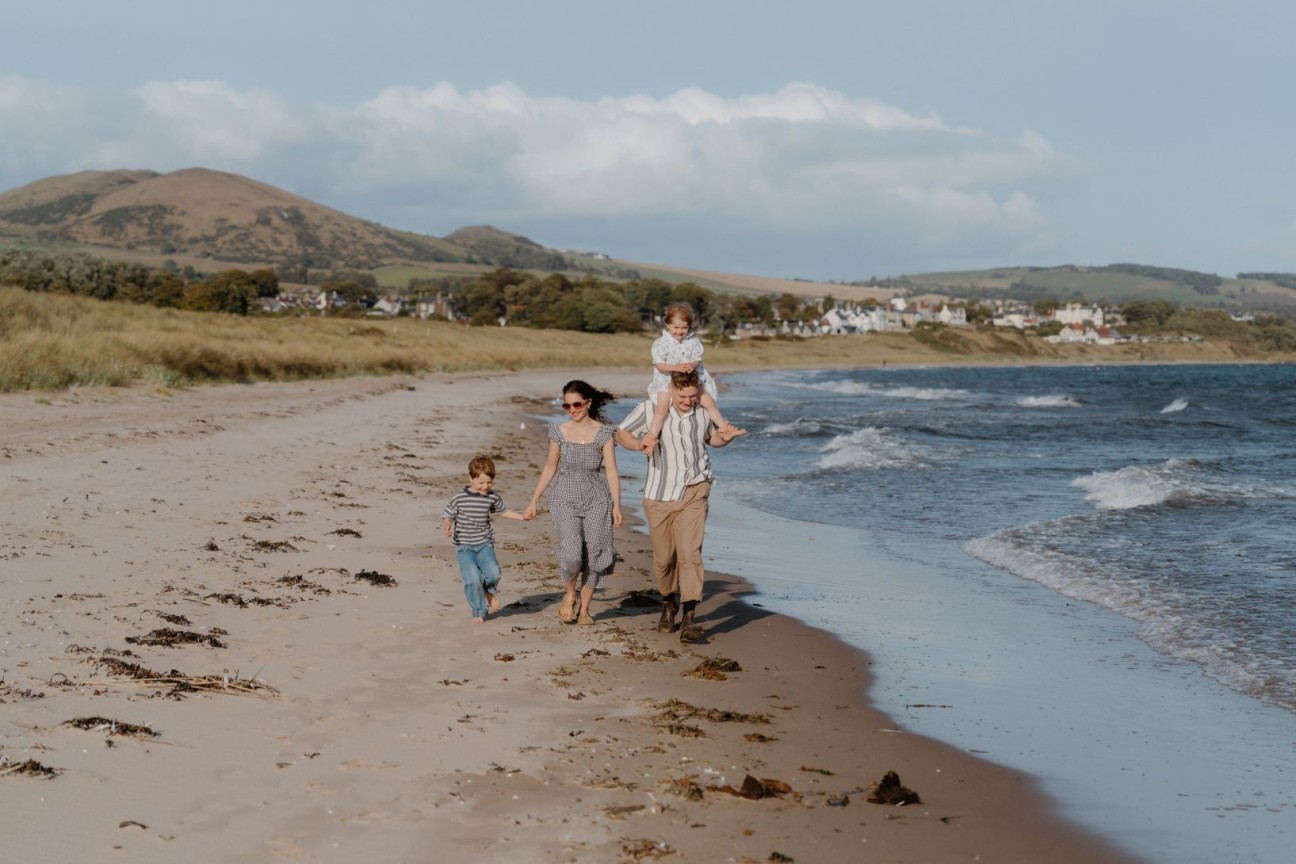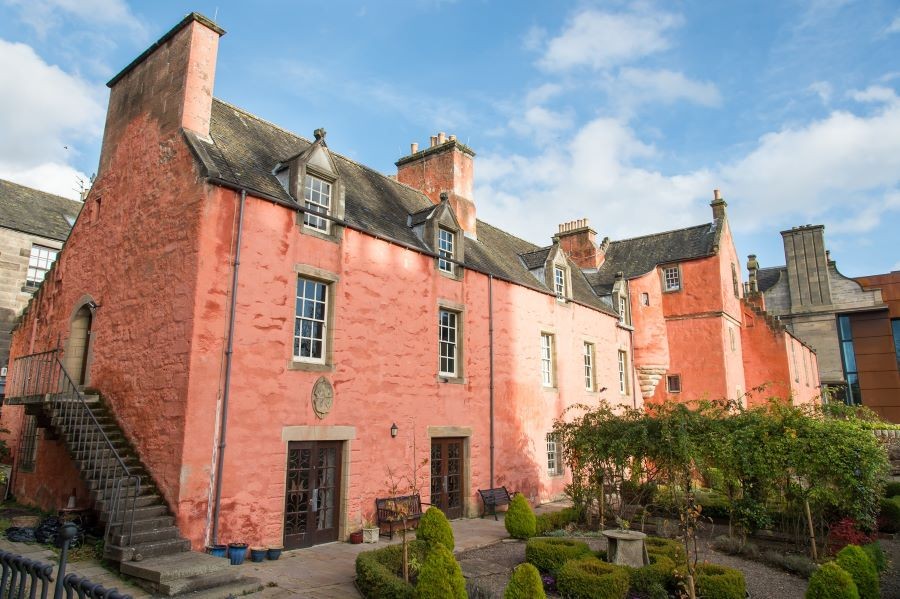Day 1: Lochore Meadows to Markinch (13 miles)
9am
Fancy a dip before you start walking? The loch at Lochore Meadows Country Park is a popular wild swimming spot, with showers on site.
10am
Pass the ruins of 14th century Lochore Castle as you leave Lochore Meadows.
1pm
Packed lunch on the hill overlooking Kinglassie.
1.30pm
Follow the River Leven as it winds its way to Leslie.
3pm
Well-deserved refreshment break at the Fettykil Fox in Leslie.
5.30pm
Make a slight detour to Balfarg Henge, a stone circle near Balbirnie dating back to the days of the Picts.
6.30pm
End the day with pizza and a pint at The Fig Tree, Markinch.
STAY:
£ Balbirnie Park Caravan Club Site, Markinch
££ Laurelbank Hotel, Markinch
£££ Balbirnie House Hotel, Markinch
